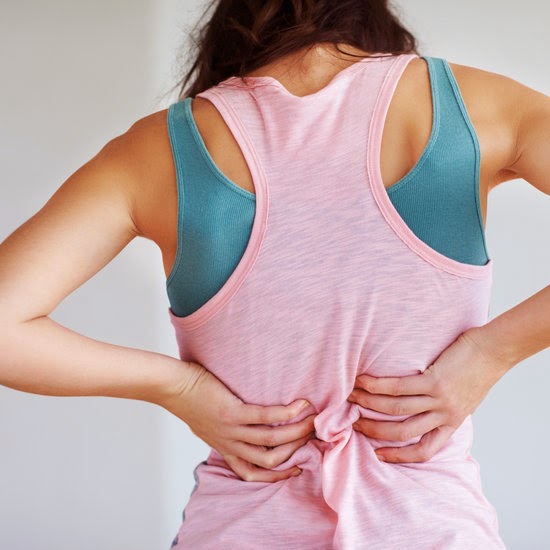 |
| Do you really have to give all this up? |
Bread has a
really bad reputation. They say our body has trouble digesting it, it's
fattening and it doesn't provide much nutrition.
But, all you
dieters out there can rest assured that you can still eat bread on a fairly regular
basis without having to compromise your health and your diet. You'll just need
to make a few changes first.
Get rid
of shop-bought bread
One of the
main problems is shop-bought bread. Even when you think you're buying really
healthy whole wheat bread the fact is that this bread is highly processed, and
full of non-food and often toxic ingredients.
Manufacturers
want to produce as much bread in the shortest possible time. Unfortunately this
means speeding up the bread-making process by using chemical dough conditioners
such as azodicarbonamide, which are linked to many health issues.
Additionally,
preservatives to prevent spoilage, artificial colorings and flavorings, GMO
products such as soy oil and the unnecessary amount of added sugar all
contribute into making your whole wheat bread one terribly unhealthy and
fattening product. Some of these ingredients have been linked to ADHD, asthma
and allergies.
The
problem with wheat
Even if
you're not gluten intolerant, wheat can be very problematic. For a start, we
eat way too much of it. Toast for breakfast, sandwiches for lunch, pasta for
dinner; it's all wheat. But wheat has also unfortunately been transformed over
the years with the intention of trying to create a higher yield and more profitability.
Wheat underwent hybridization, changing the structure of the grain and
resulting in the possibility of toxins.
 |
| Wheat: a manipulated grain |
Ancient
grains such as spelt, quinoa, kamut, etc, are free of hybridization and GMO
manipulation, therefore remaining pretty much unchanged from what they were
thousands of years ago, unlike wheat and corn which are not at all reminiscent of
their ancient origins.
A grain such
as spelt is perfect in a loaf of bread. It tastes and acts almost exactly the
same as wheat but is high in fiber and nutrition while remaining unprocessed
and easier to digest.
 |
| Spelt: An ancient grain |
Sprouted
grains
When a grain
is soaked and sprouts are formed, the grain automatically becomes more digestible.
The phytic acid is destroyed when you sprout grains enabling the body to absorb
more nutrients; sprouted grains contain more vitamins, minerals and
antioxidants. Conversely, refined flour that's used in commercial bread
products doesn't have these properties and our body actually metabolizes it,
particularly white flour, like it does a sugar causing our insulin levels to
spike. Hence all the talk about bread making us fat.
The good
news
But it
doesn't have to be this way, if we only make our own bread. And that isn't as
hard as it may sound. A bread machine is often a good purchase and can actually
end up saving you a lot of money.
All you have
to do is add all the ingredients to the pan and you have your loaf of bread
made for you. Preferably buy sprouted flour but if you can't get your hands on
this then regular whole wheat or spelt flour will also work. Most bread recipes
have a handful of ingredients, just the way it should be, leaving you with a
pure loaf of nutritious bread. You won't believe the amount of money you can
save using your own ingredients and a bread machine over the expensive
shop-bought loaves. And if you're still skeptical, there are many dough recipes
which are designed to be made by hand with easy kneading.
Here's our
favorite basic bread-machine loaf, but you can get creative too.
-
4 cups of sprouted spelt flour (or regular spelt)
-
1 1/2 teaspoons active dry yeast
-
1 1/2 teaspoons salt
-
3 tablespoons sugar (or honey or date honey)
-
3 tablespoons oil or melted butter
-
1 1/4 cup warm water
.jpg) |
| Fresh loaves of bread-machine spelt bread |
Pour in the dry
ingredients first, followed by the wet ingredients. Choose your bread setting
and wait for the beautiful aroma of fresh bread to fill your house. Another
option is to select the dough setting and upon completion you can shape them
into buns, bagels or anything you like, and then proceed to cook them in the
oven.
.jpg)




.jpg)












